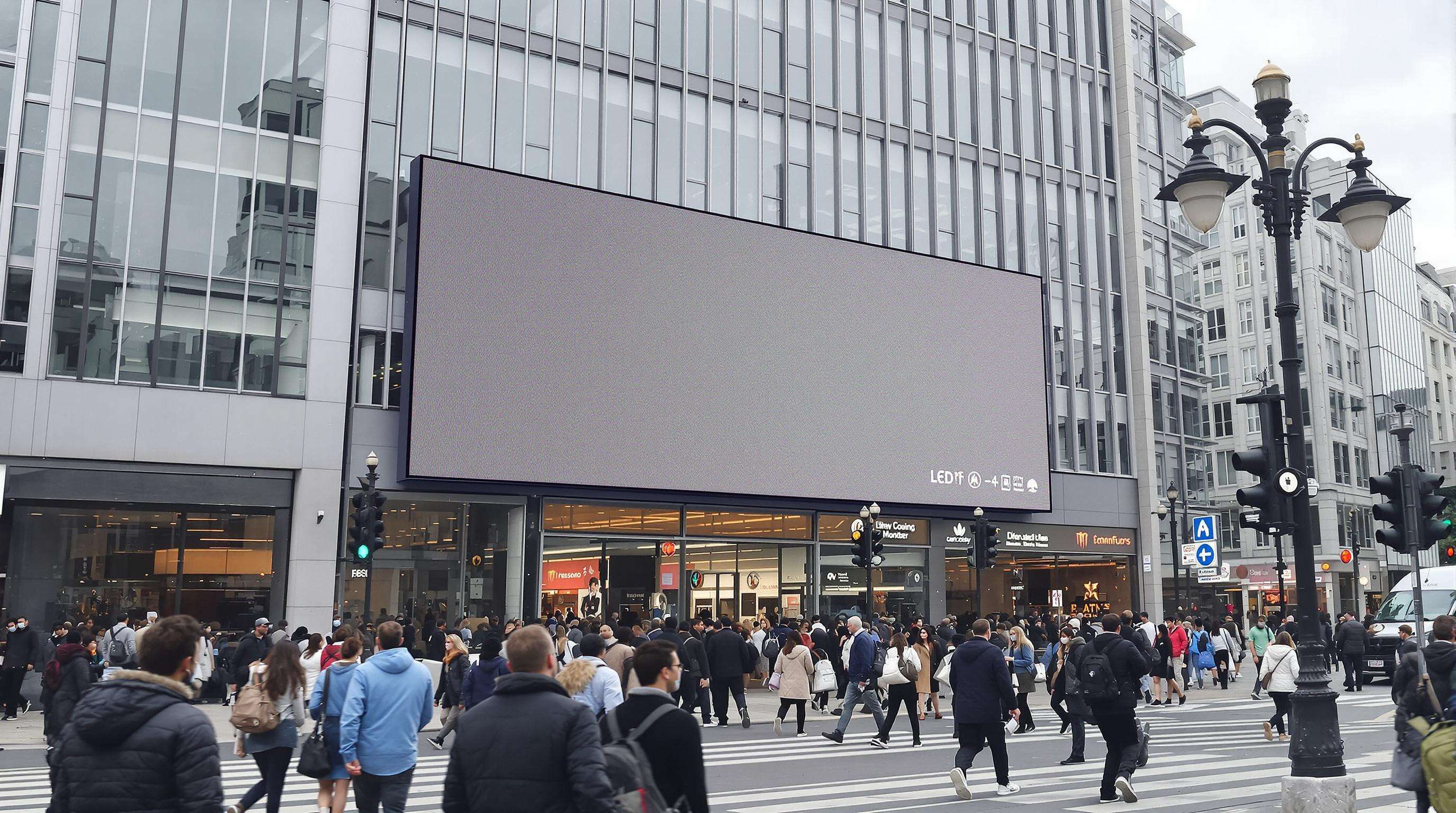AI turns advertising LED panels into responsive environments that tailor content based on the people who see them, the surrounding weather and your actions But it's just the beginning, the beginning of the better and smarter pixel. Such systems analyze foot traffic and weather data to serve relevant ads (say, raincoats during downpours) and leverage anonymized facial recognition to estimate audience demographics. A study from retail in 2025, found it increases engagement by 37%, making contextually relevant advertising without the need for manual configuration.
Advanced ML models optimize outdoor LED content by:
Nielsen (2024) found behavior-driven campaigns achieve 29% higher recall than static ads. Reinforcement learning continuously refines high-performing content variants.
A major transit network deployed AI across 120 subway billboards, yielding:
| Metric | Pre-AI | Post-AI |
|---|---|---|
| Click-through | 1.2% | 3.8% |
| Ad Recall | 41% | 67% |
| Conversion Lift | 12% | 30% |
The system served coffee ads during morning rushes and dinner specials in evenings, boosting advertiser ROI by 22% while complying with GDPR through anonymized data.

LED panels use IoT sensors and AI to track demographics (age/gender, ±3% accuracy) and engagement via Bluetooth/Wi-Fi signals. Retail data shows a 68% conversion rate when interactions exceed 15 seconds, prompting dynamic content updates. These systems process 12,000+ behavioral data points per minute for instant adaptations.
Segmentation blends:
ML updates customer cohorts every 11 minutes, enabling hyper-contextual ads. A 2023 urban trial saw a 28% higher CTR when aligning content with local trends.
While 82% of consumers want personalization, 63% distrust facial recognition (Pew Research 2023). Regulations require:
Edge computing solutions now process data locally, deleting raw inputs while retaining anonymized metrics. Industry adoption of privacy-preserving AI filters reached 57% in 2024.
Closed-loop AI auto-optimizes campaigns by analyzing LED panel data, adjusting targeting and content. Nielsen (2023) found these systems improved outdoor ad performance by 27% through A/B testing 8,400+ creatives. They correlate environmental data (foot traffic, weather) with engagement metrics, boosting conversions by 15-22% over manual methods.

| Requirement | Specification | Challenge |
|---|---|---|
| Modular Hardware | IP66-rated, 2mm bezel | Coastal weatherproofing |
| Distributed AI Nodes | 16 TFLOPS on-site GPU clusters | Reducing hardware failures |
| Energy Infrastructure | 240V/3-phase power within 300m | Grid modernization costs |
Hybrid power systems (15-20% solar) and 5G backhaul networks support 78% of deployments. Emerging waveguide tech cuts power use by 42% with 900-nit displays.
Edge computing reduces latency to 1-5ms, while 5G enables updates for analyzing 50,000+ signals per second in crowded areas. Future Market Insights projects edge architectures will cut outdoor LED power use by 40% by 2030.
Reinforcement learning will optimize brightness, content rotation, and maintenance autonomously. A Tokyo prototype achieved 22% higher engagement by adapting to weather and foot traffic. IoT sensors now predict failures 14 days ahead, reducing downtime by 67%.
Key metrics:
DOOH revenue hit $9.1B in 2024 (OAAA), with AI-driven campaigns yielding 31% higher ROI. Transit LED displays influence 18% of retail purchases, outperforming digital ads 7:1 in cost-per-acquisition.

